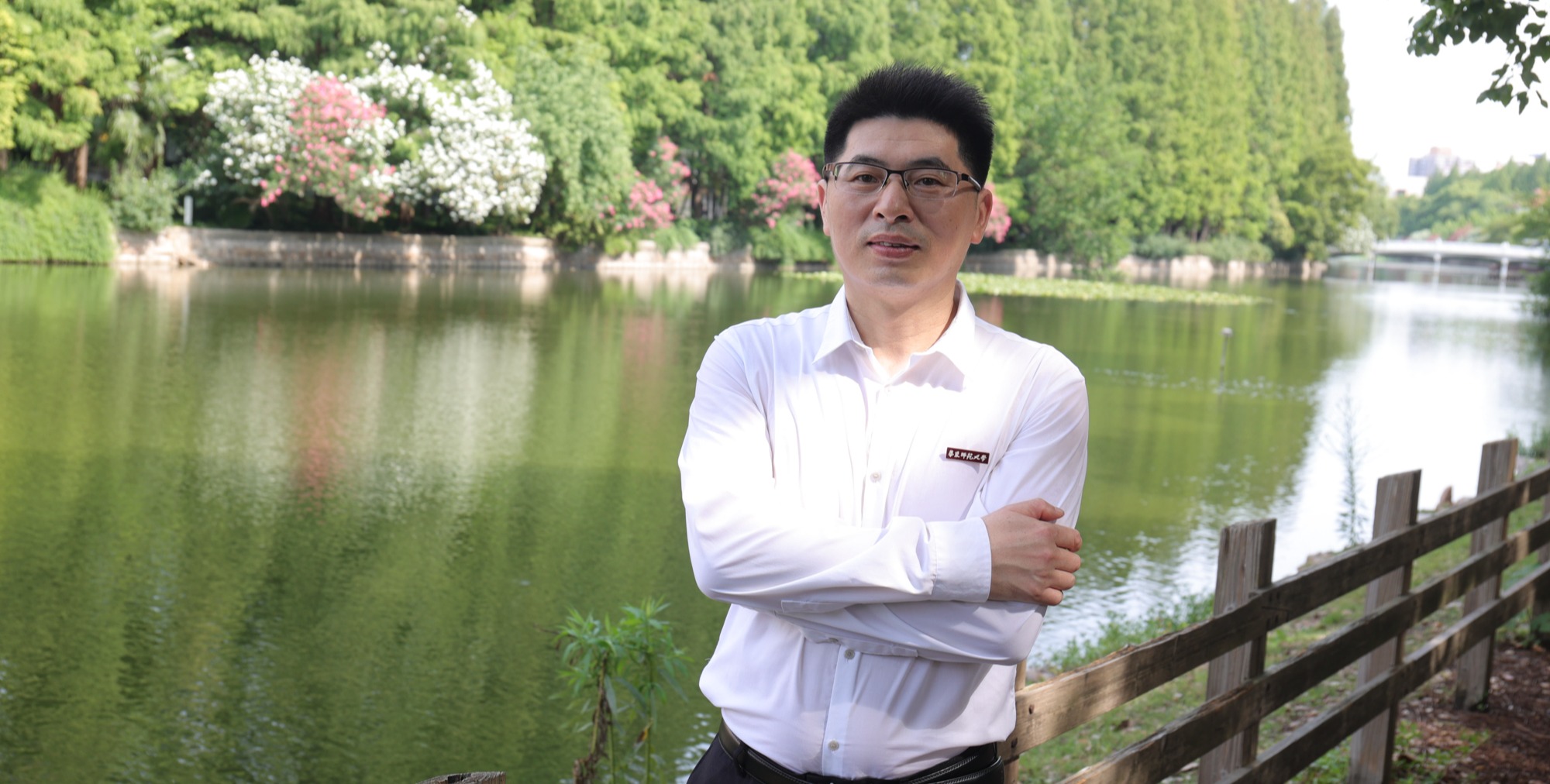# Hot Search #
The Bulk Photovoltaic Effect (BPVE) is a novel photovoltaic phenomenon observed in non-centrosymmetric materials. With its unique advantages, including angle-resolved sensitivity to light-polarization and the potential to surpass the Shockley-Queisser theoretical efficiency limit of pn-junction solar cells, the BPVE has emerged as a frontier and hotspot in photovoltaic research. On the other hand, freestanding oxide thin films are a unique form of thin films that remain intact after being separated from their substrate. Free from substrate-induced strain constraints, these films exhibit a variety of intriguing physical phenomena, such as super-elasticity, monolayer ferroelectricity, ferroelectric topology, and flexoelectric-photovoltaic coupling effects. This makes freestanding oxide thin films an ideal platform for exploring various novel physical properties. From the perspective of symmetry, the freestanding oxide thin films induce changes in crystal symmetry, which are expected to alter their BPVE. However, the specific nature of the BPVE in freestanding oxide thin films, and whether they exhibit similar novel characteristics, remain largely unexplored in experimental studies.

Addressing this scientific question, the research team from the School of Physics and Electronic Science, ECNU, led by Prof. Sun Lin, successfully fabricated freestanding ferroelectric single-domain BiFeO₃ (BFO) thin films. For the first time, they discovered a significantly enhanced BPVE in freestanding single-domain BFO thin films and elucidated its microscopic mechanism. This achievement offers a new strategy for developing highly efficient and flexible next-generation photovoltaic devices. The research findings, titled “Enhanced Bulk Photovoltaic Effect of Single-Domain Freestanding BiFeO₃ Membranes”, have been published in the journal Advanced Materials.

ECNU is the leading institute in this research with Prof. Sun Lin and Senior Engineer Qi Ruijuan as the corresponding authors, and PhD students Lin Jianjun and Wang Hongru as the first authors. The study was supported by the National Natural Science Foundation of China, the Ministry of Education Key Laboratory of Polar Materials and Devices at ECNU, and the university’s Electron Microscopy Center and Micro-Nano Fabrication Center.
Link:https://doi.org/10.1002/adma.202414113


















